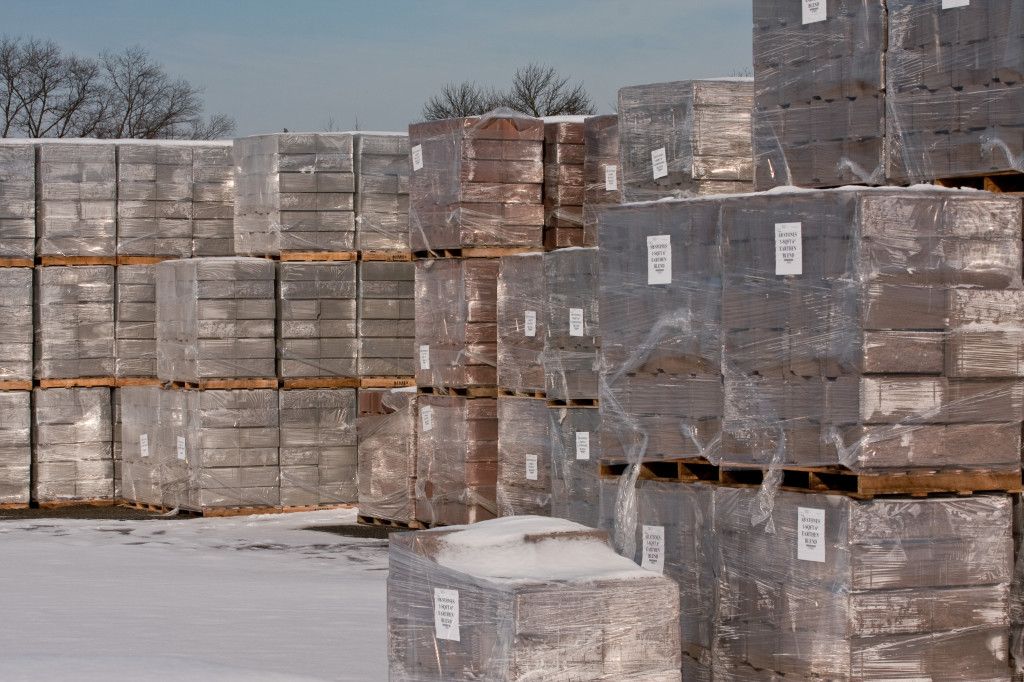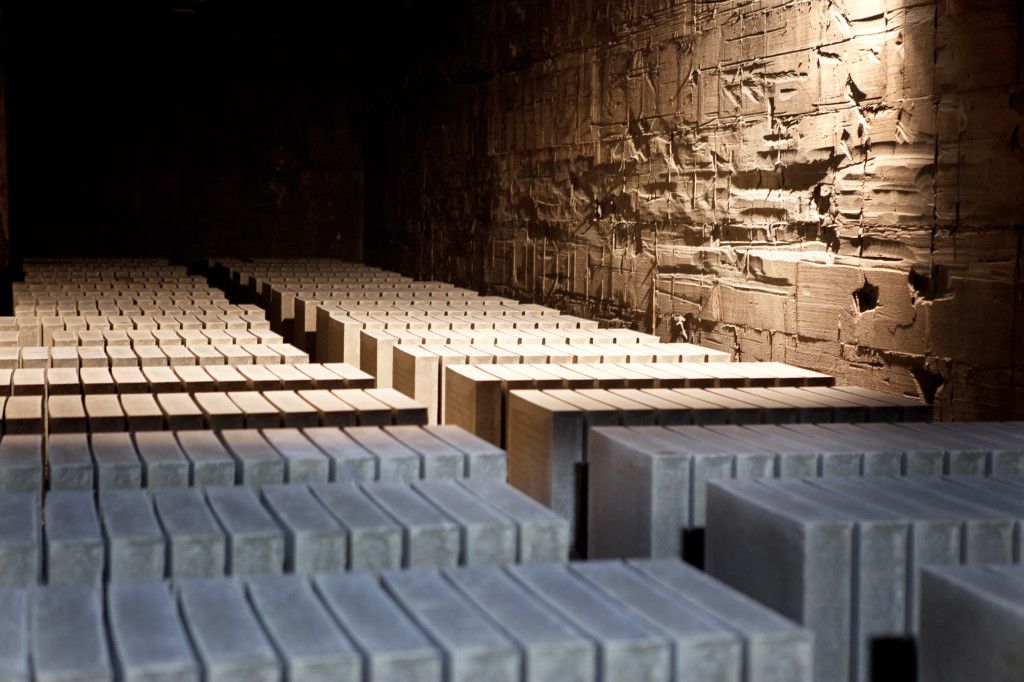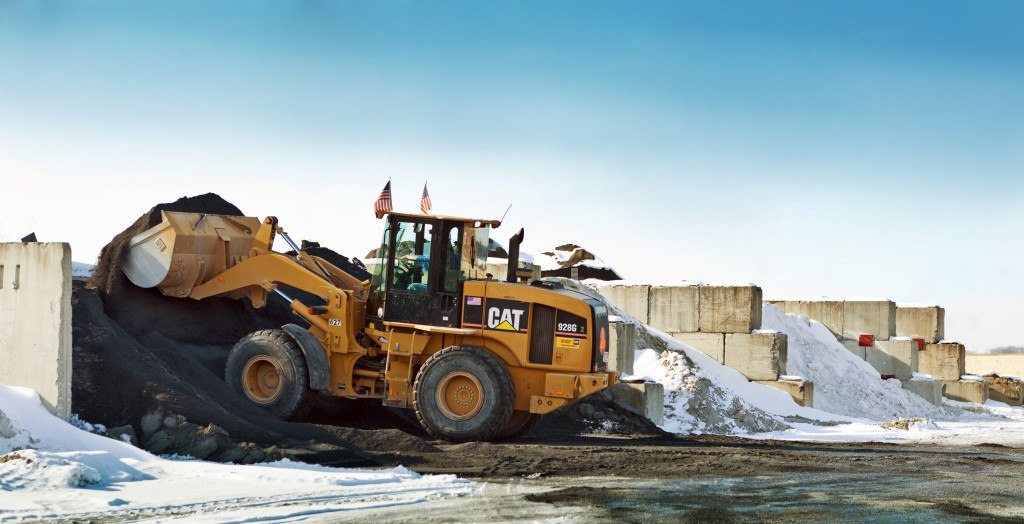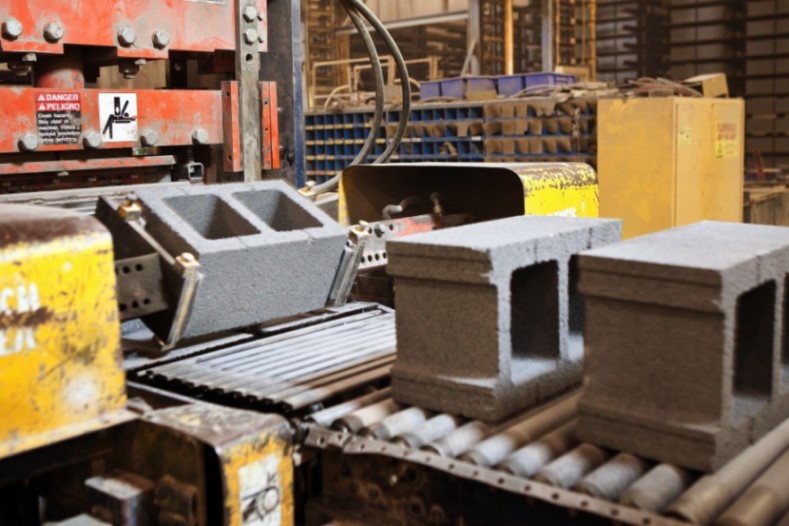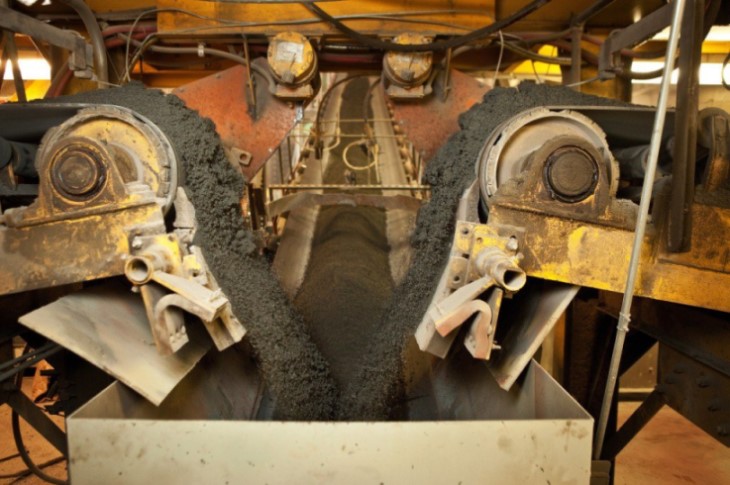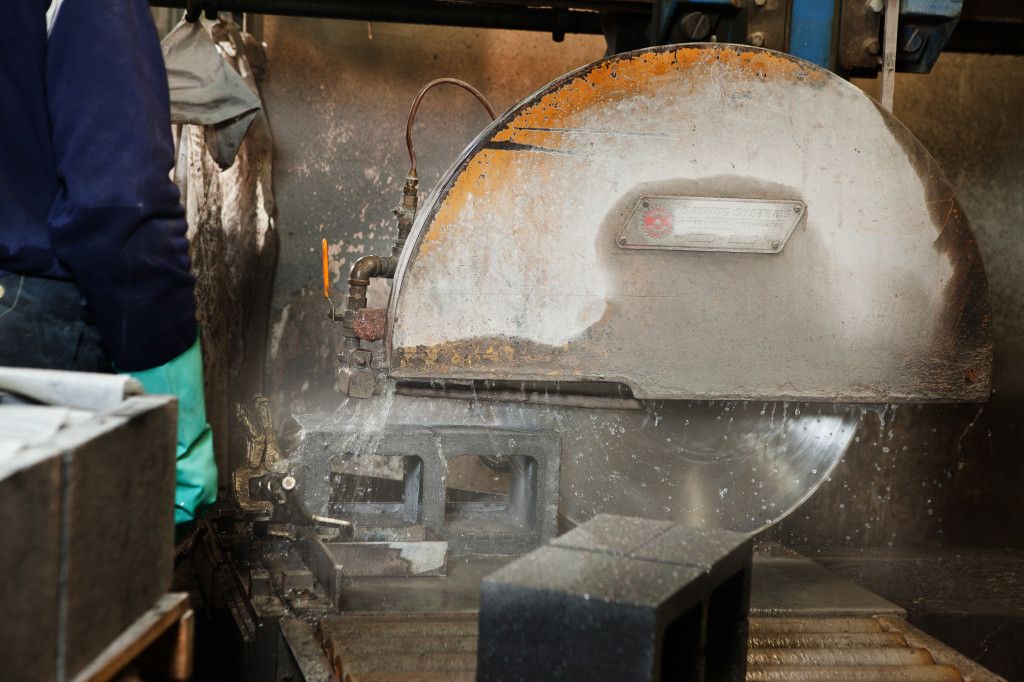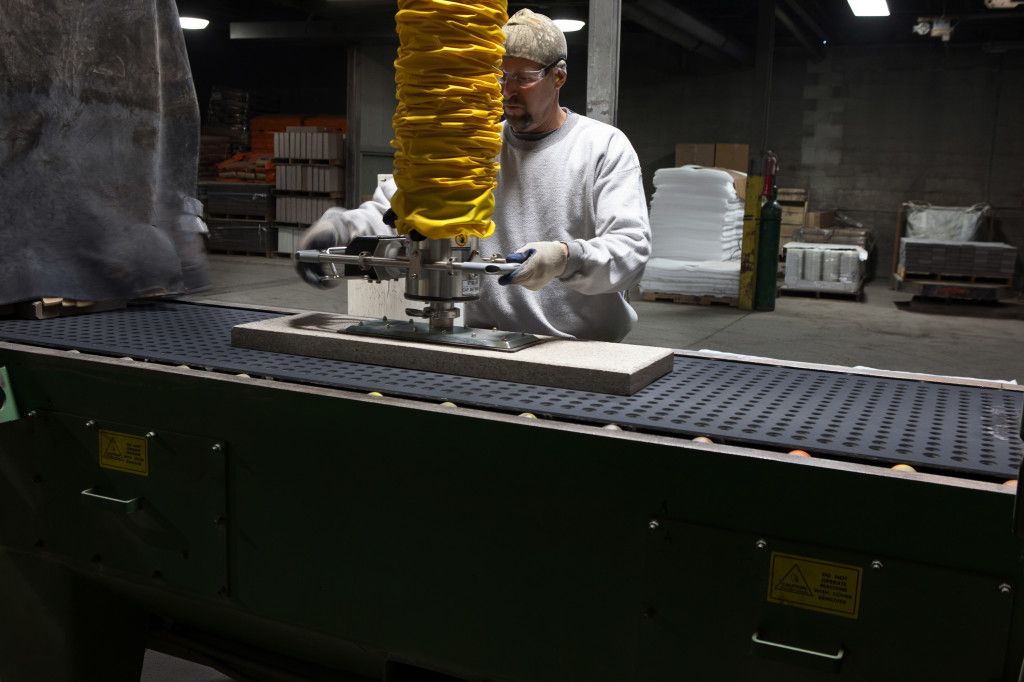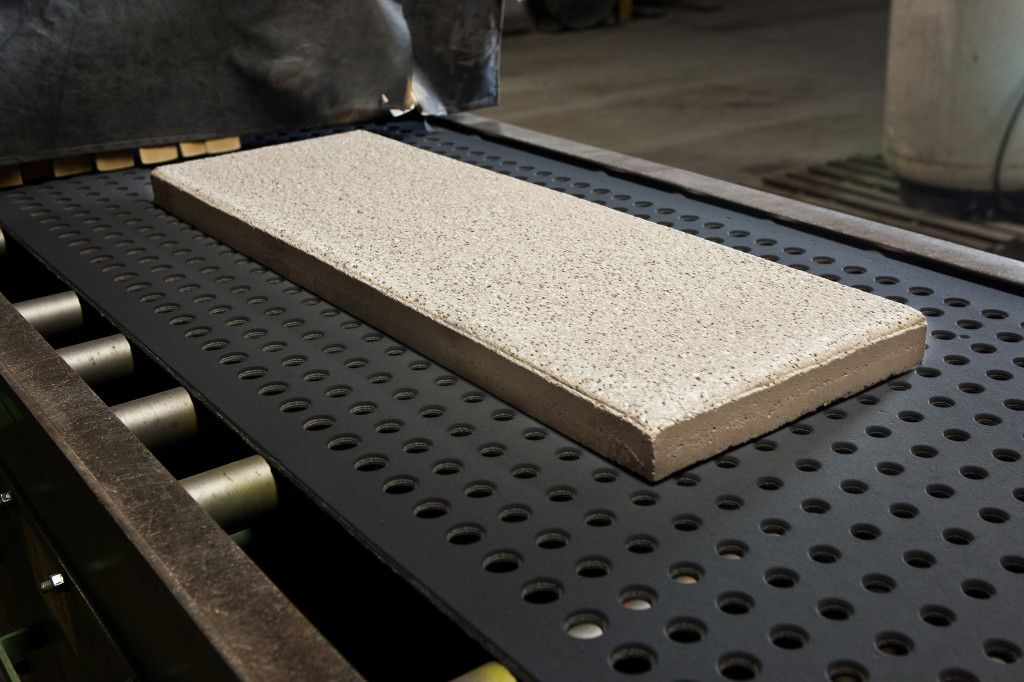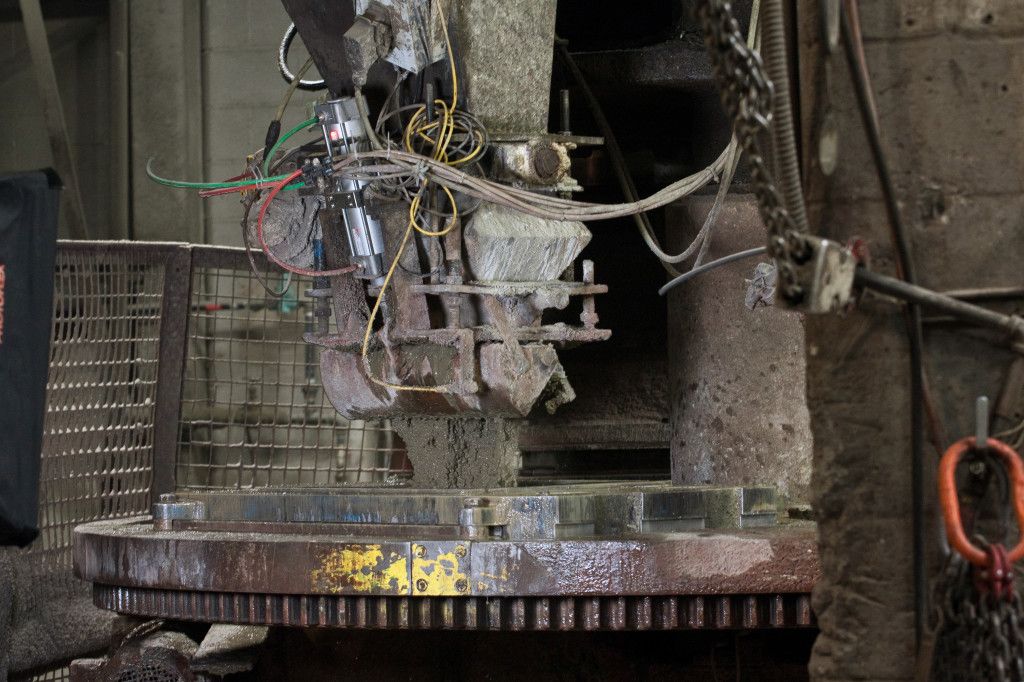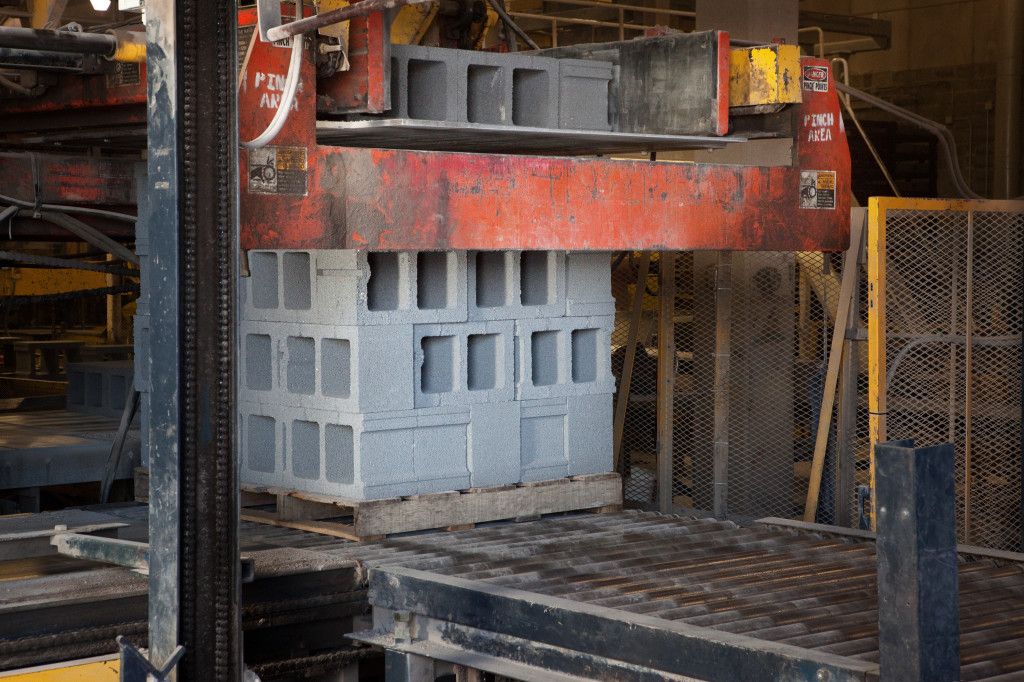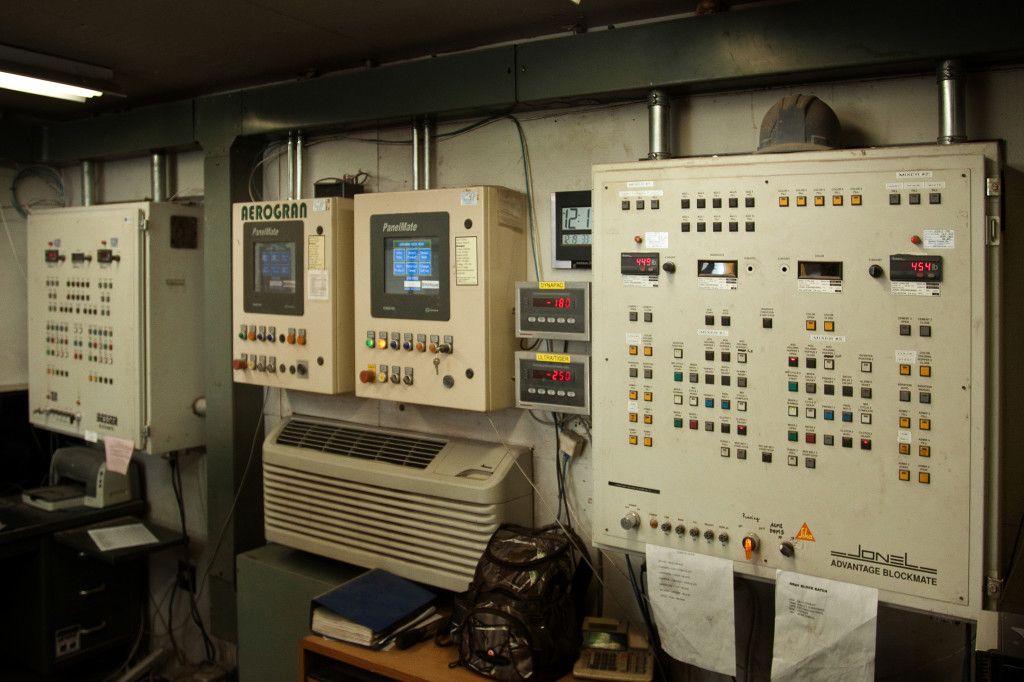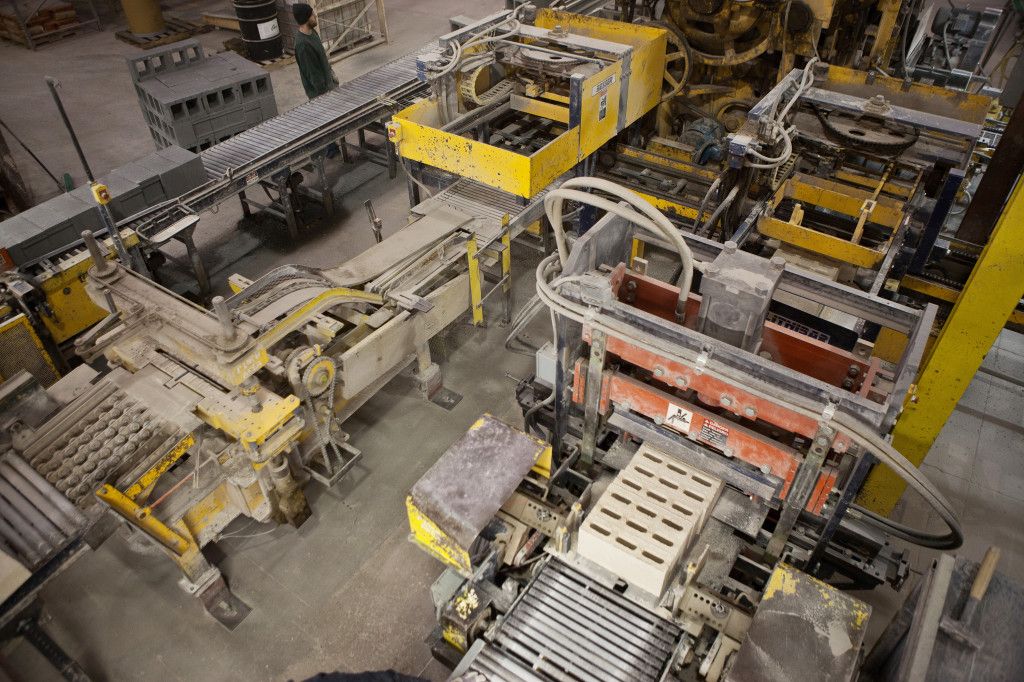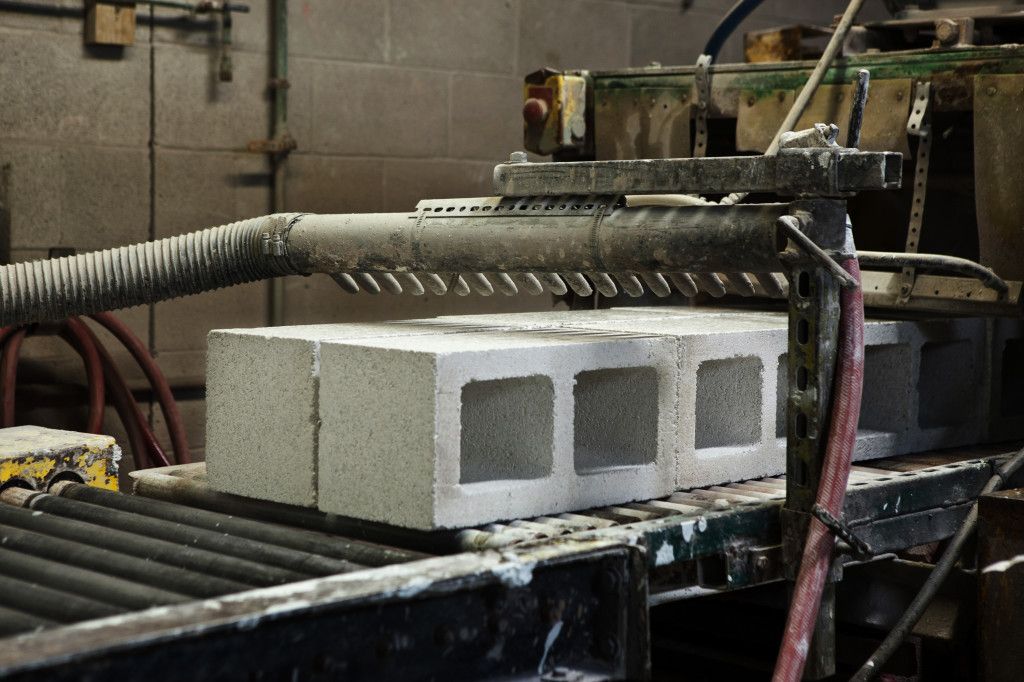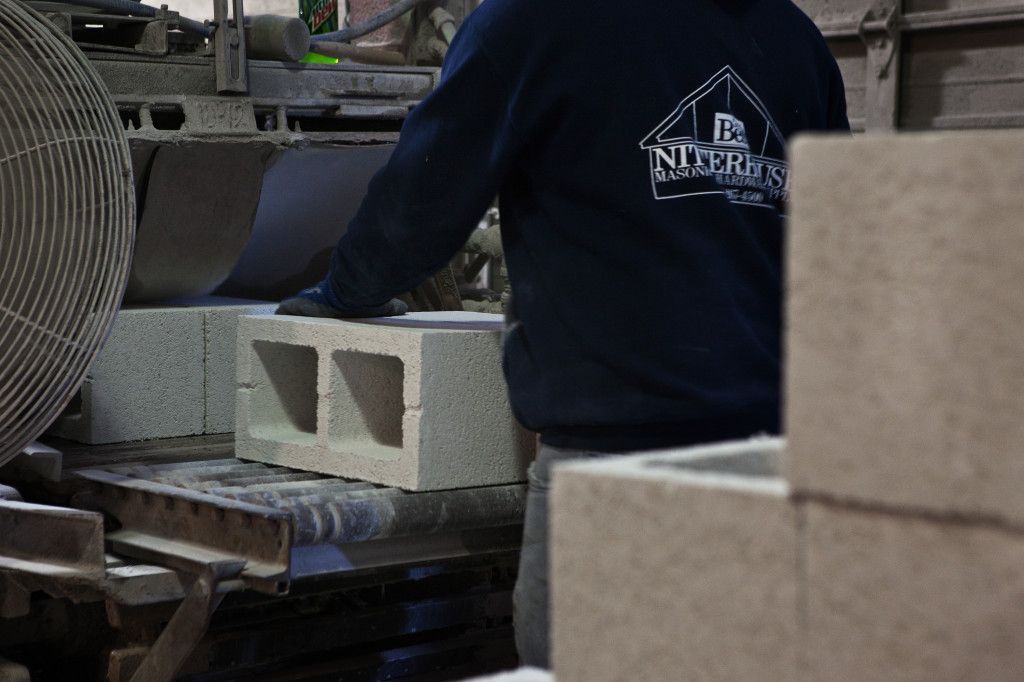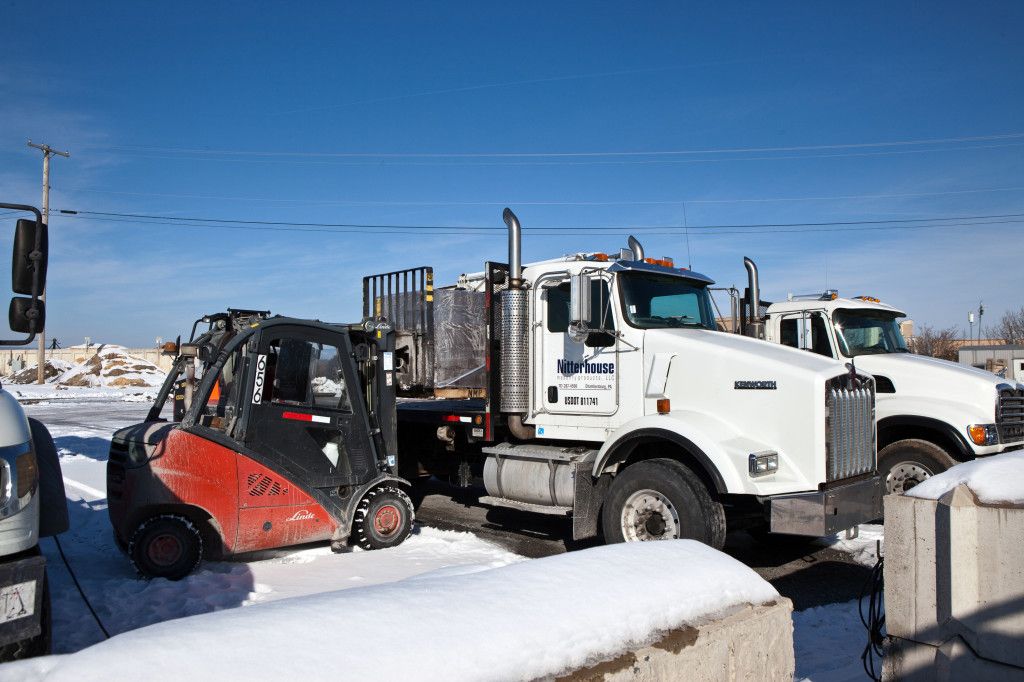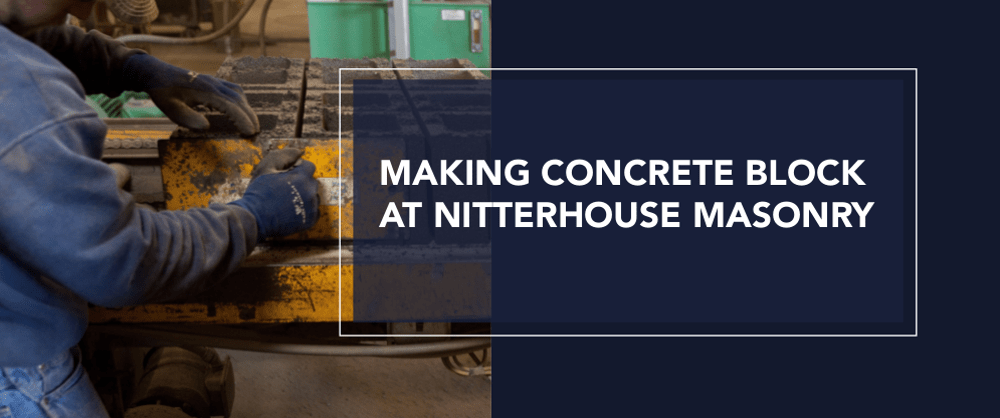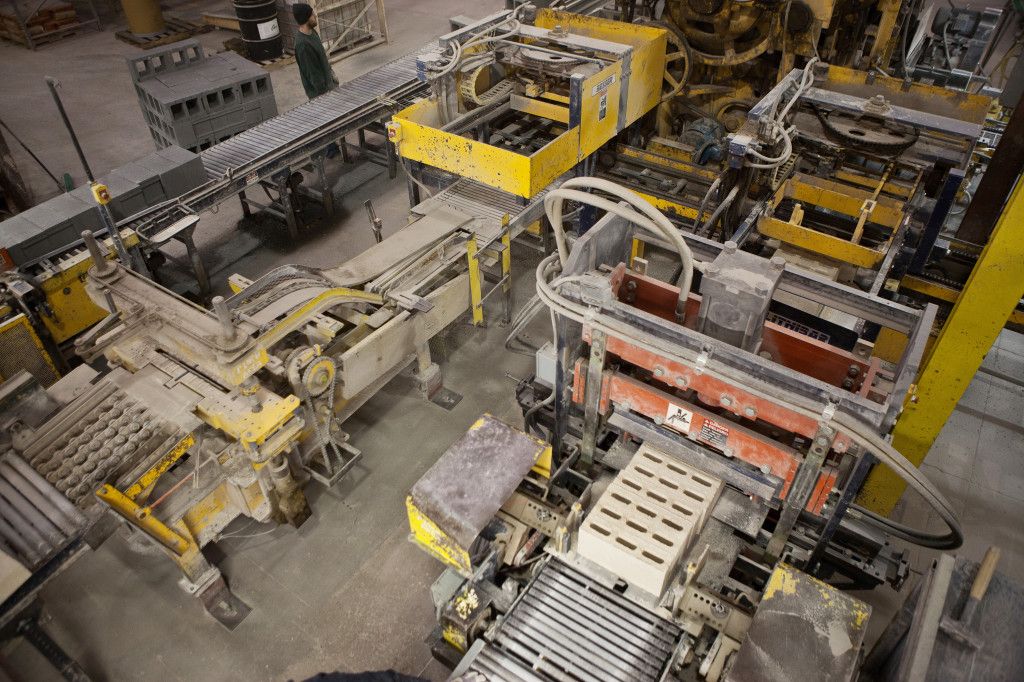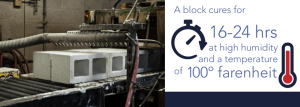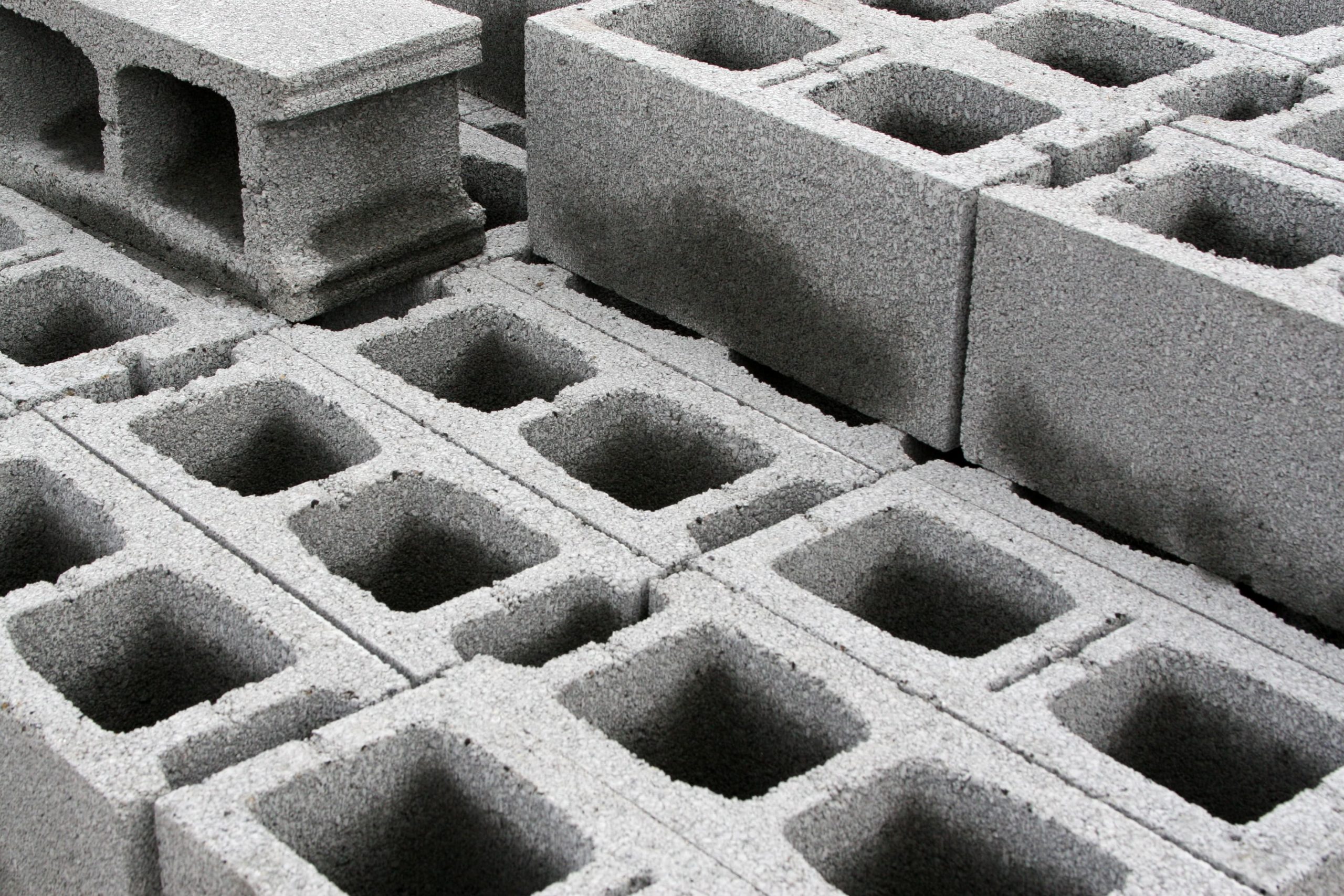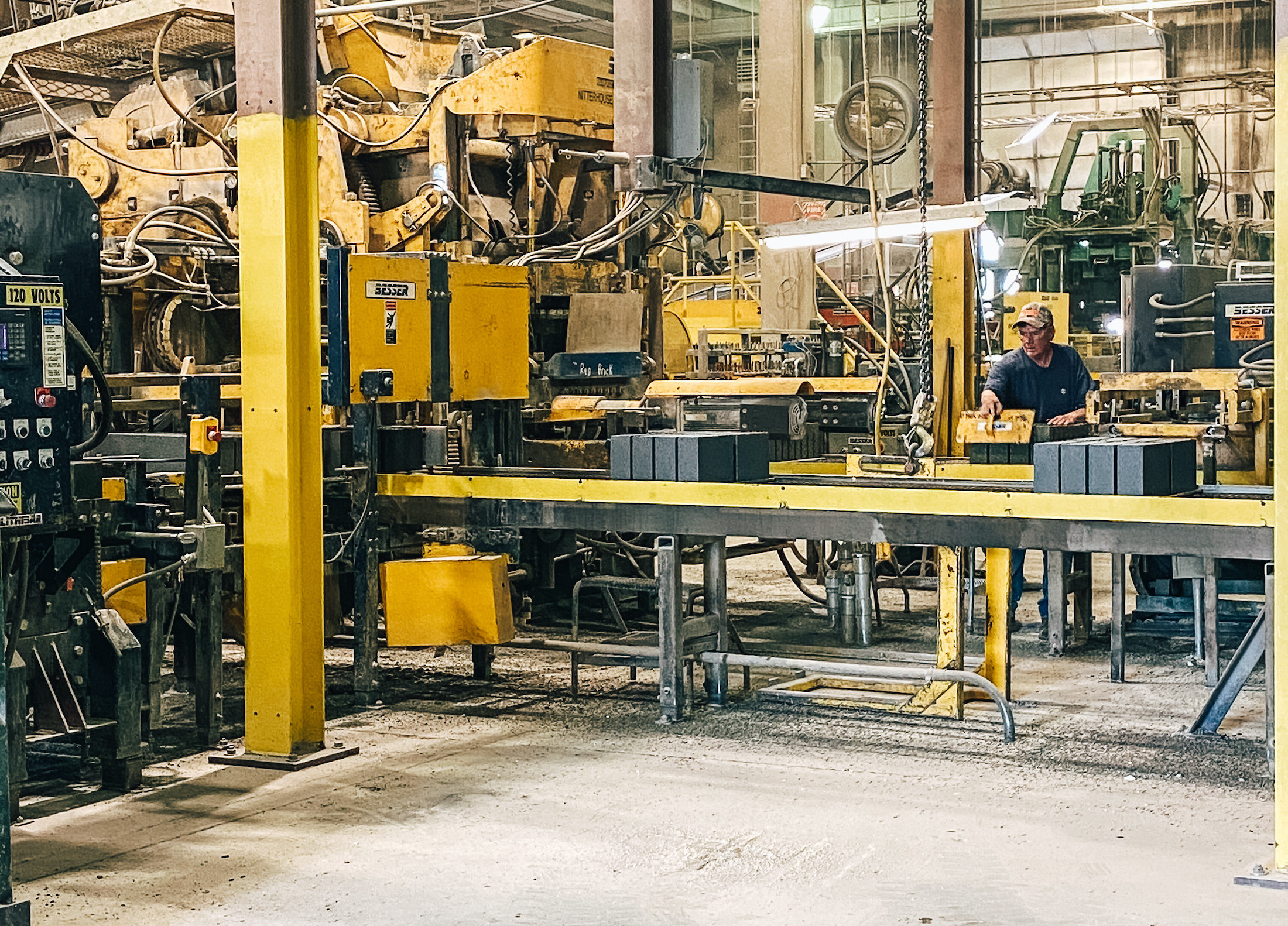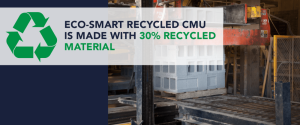We offer a wide selection of visual effects and produce certain designs that provide specific structural features for unique applications. You’ll find the aesthetically pleasing natural beauty of stone showing through in different ways depending on the type of block. Additionally, the recycled material in our Recycled CMU may be just what is needed for your next environmentally-focused build.
While you have plenty of choice in the look of architectural block, the basic process of making concrete block is the same. There will be variations in the type and amount of raw material as well as the curing time, and environment will be adjusted depending on the qualities needed for the finished product. We provide our CMU block process to help architects realize our production capabilities, to assist engineers in picking out block that is structurally stable for their design and to enable masonry contractors to know what can be produced quickly when needed.


